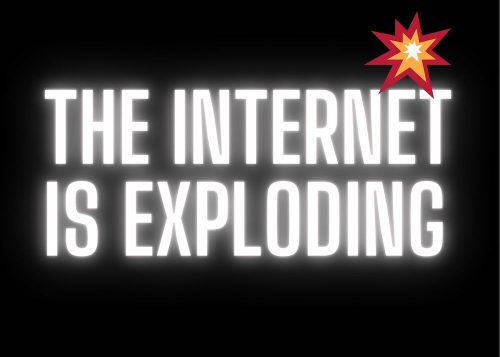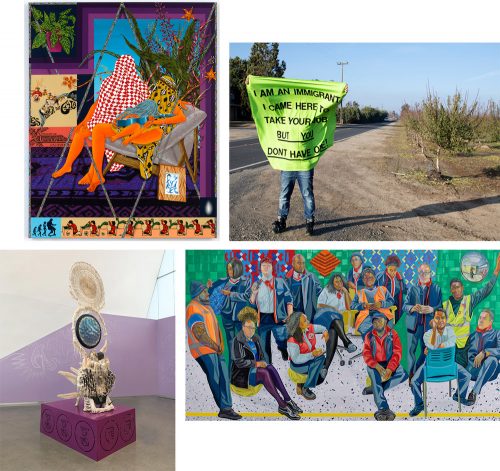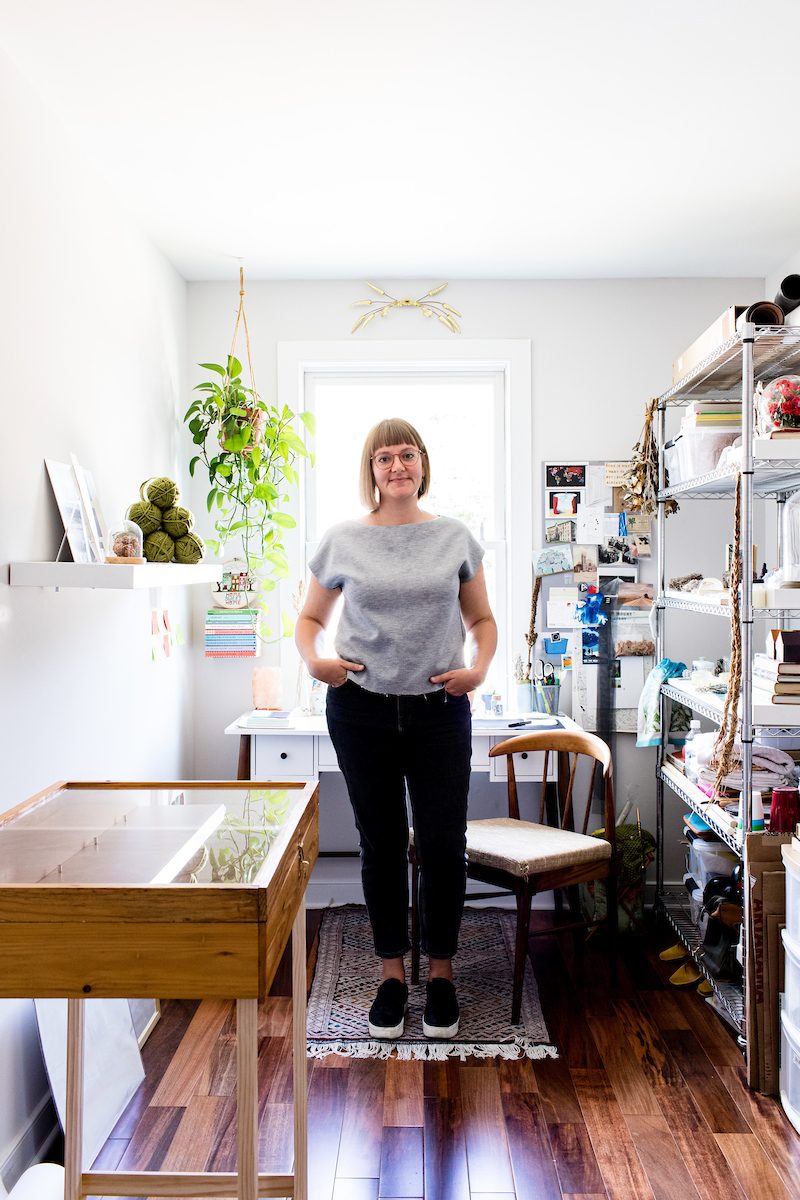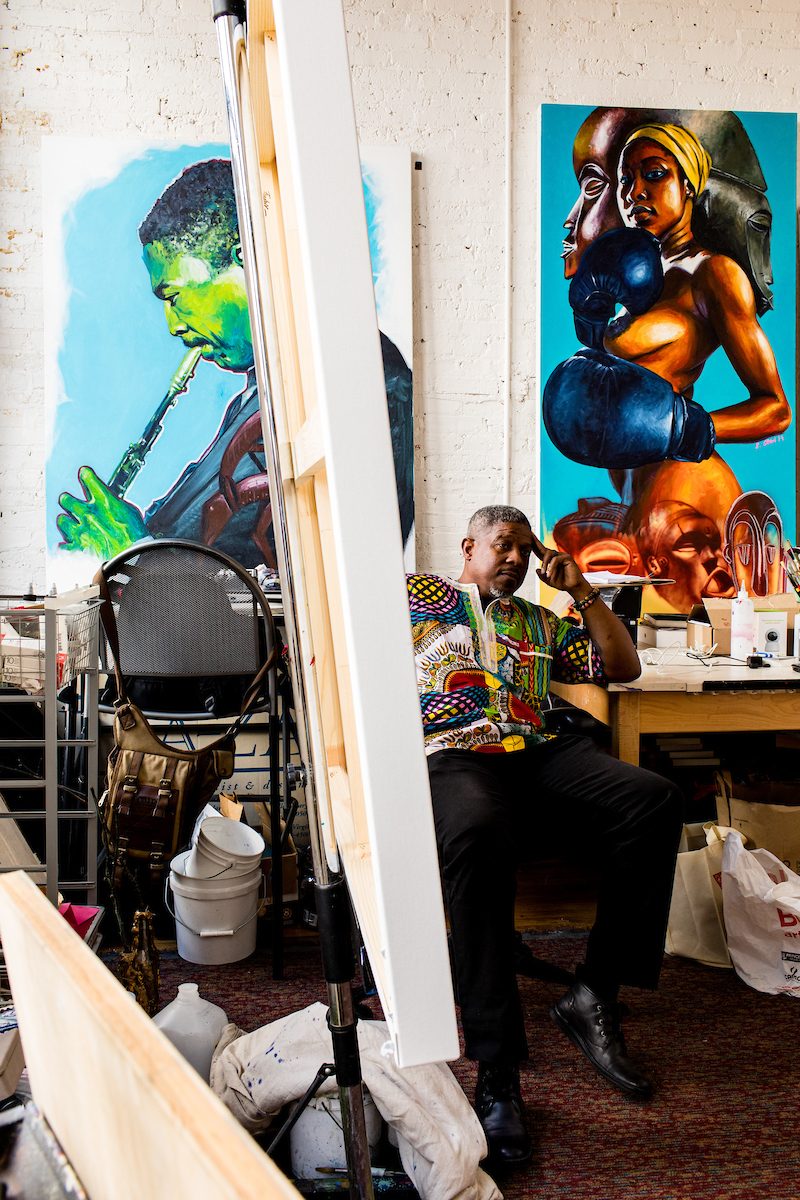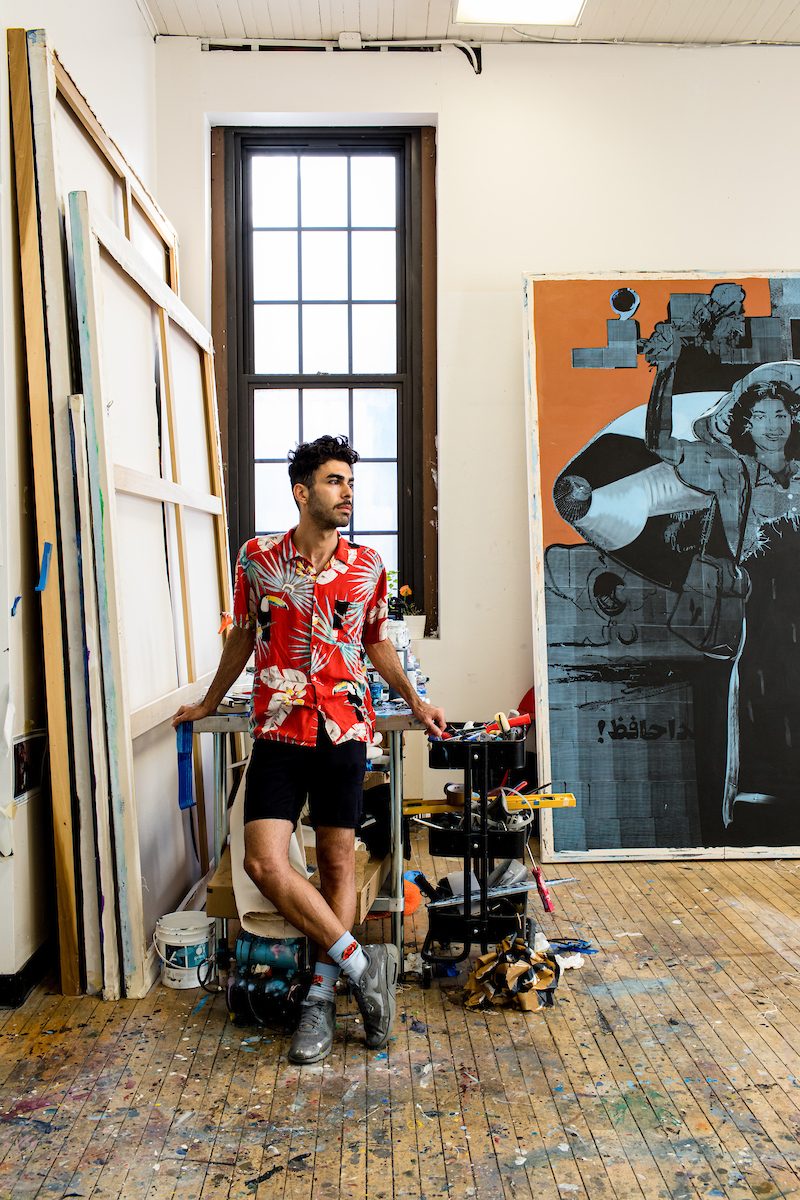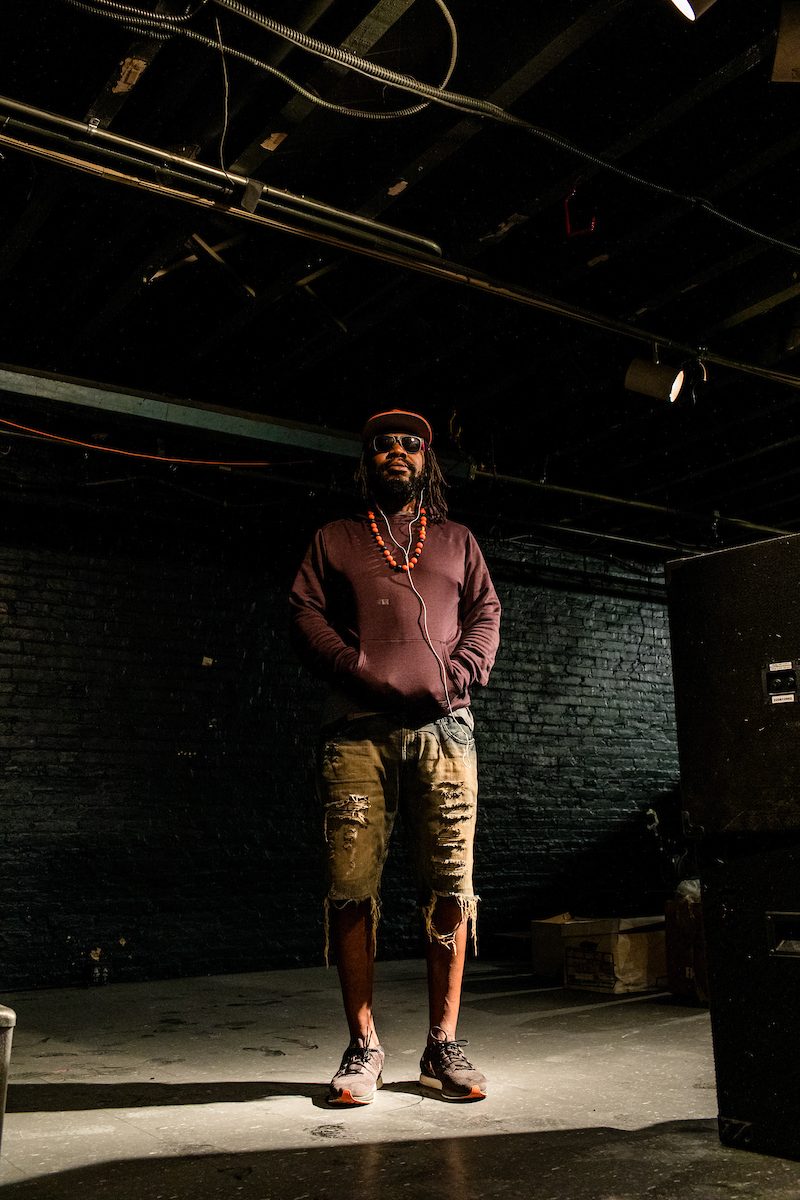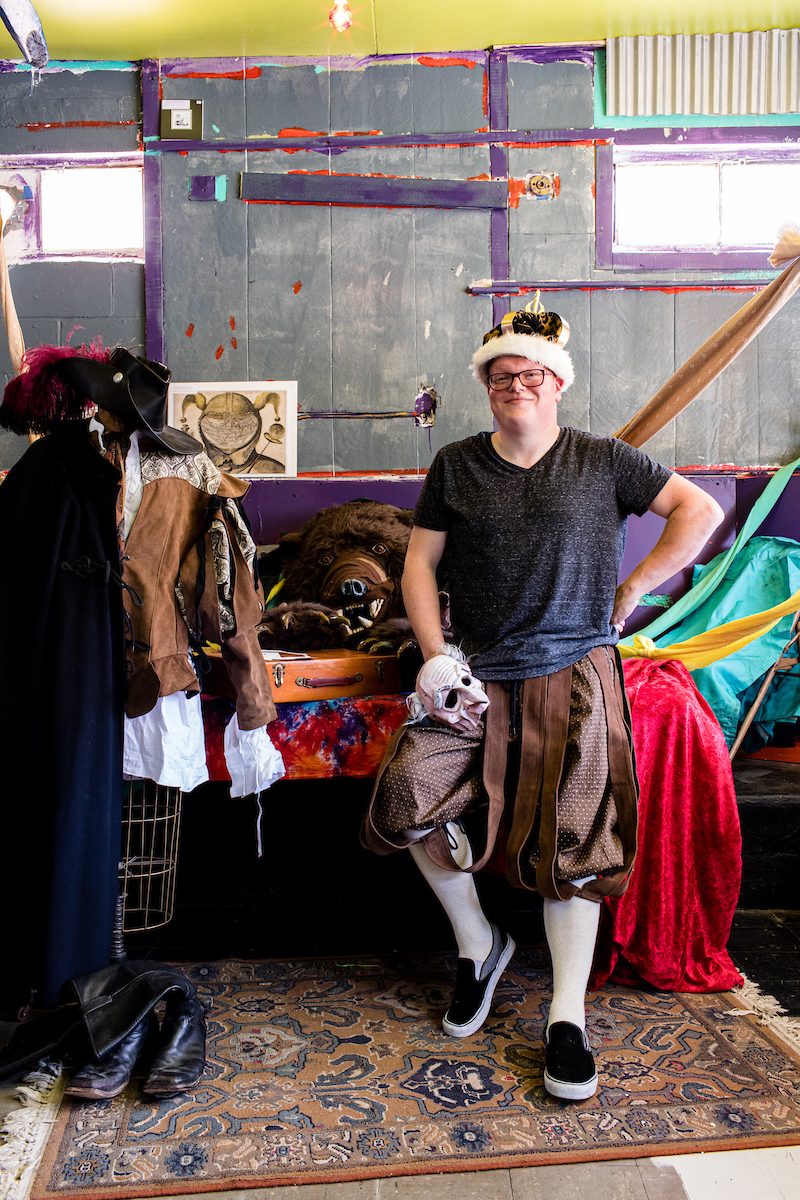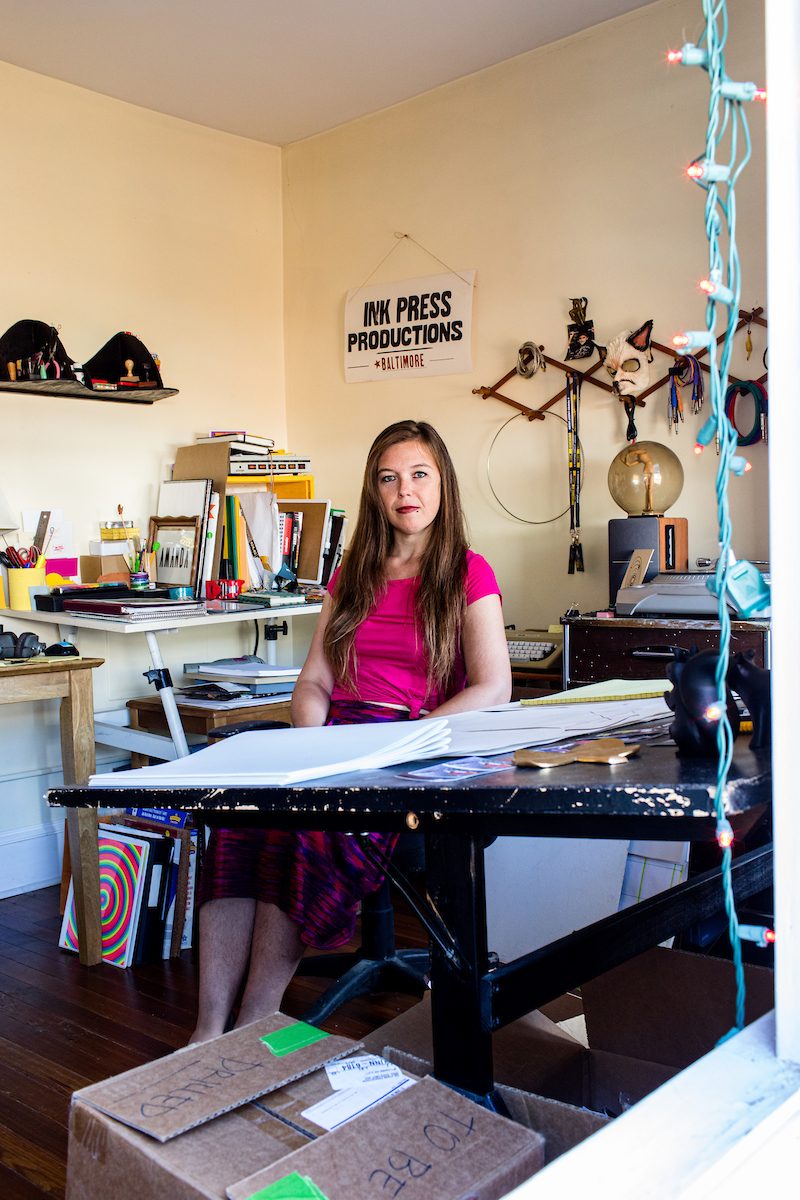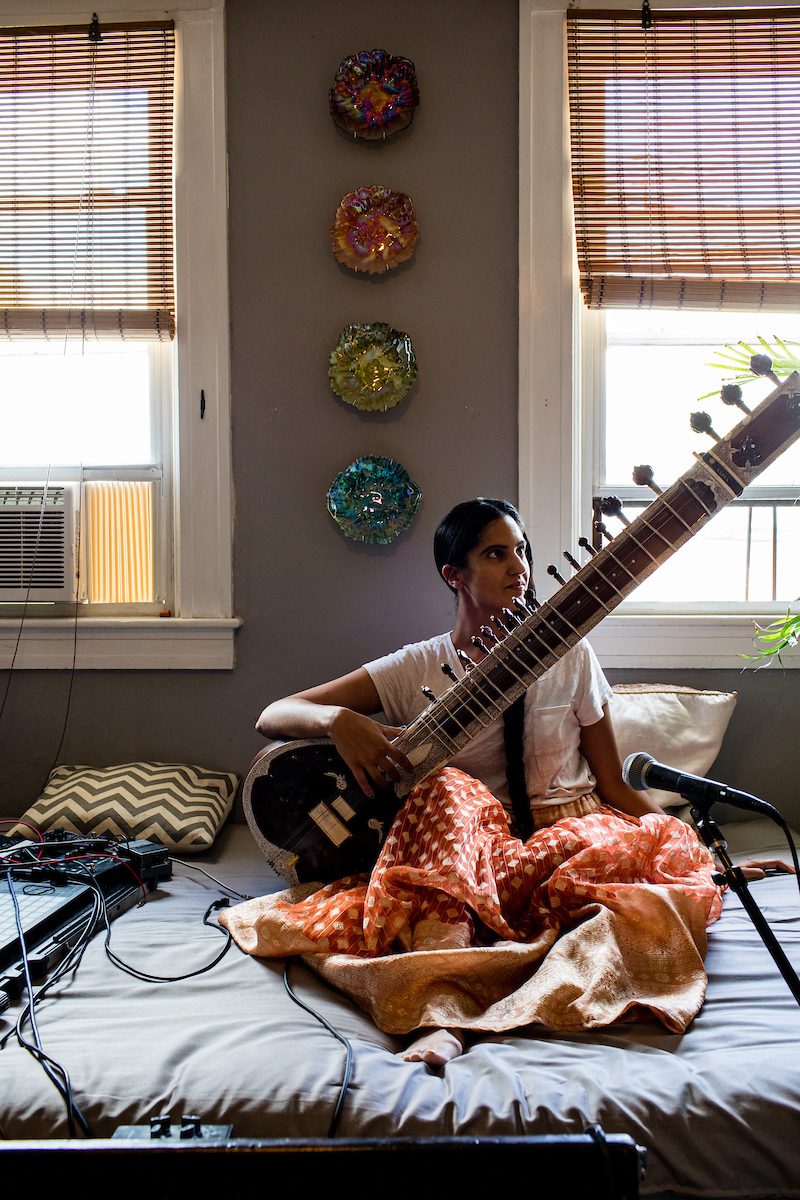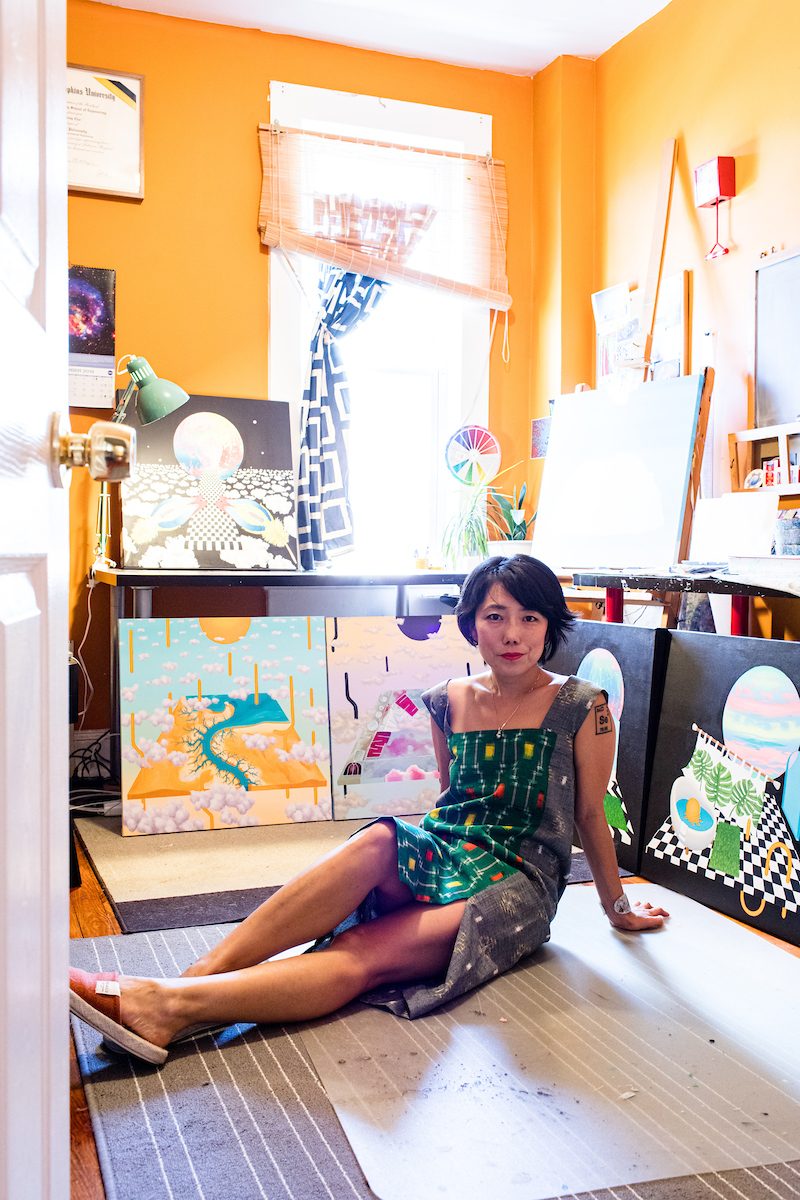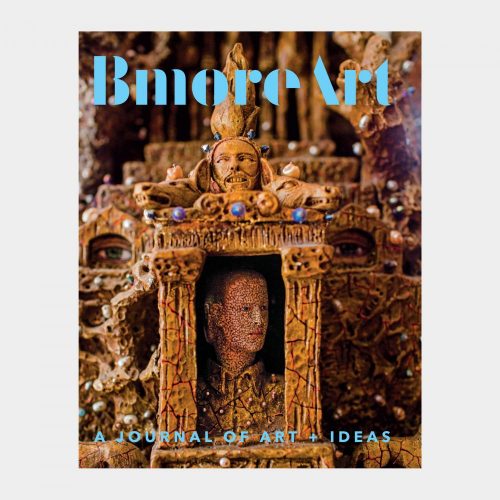One does not necessarily conjure up the image of an artist when hearing the word archive, but the concept is currently relevant at all levels of creative production. For visual artists, curators, performers, composers, and publishers, the purposeful creation of new archives, as well as the respectful transformation of past collections, is a common thread that unifies us on a quest to tell new stories and to diversify existing archives.
“For me the act of archiving is essentially about controlling and accessing some potential future,” says Taha Heydari, a visual artist who uses the Iranian women’s magazine Zan-e Rooz as source material for his new paintings. “I do not think of archiving as particularly innocent nor as a collective act. To me it is ultimately about exclusion and control, but in my practice, I have always archived photos.”
The act of sorting and calibrating historic information into a new vision for the future is an often-cited motivation for artists. “Histories are formed through objects, and the associations we create with those objects form the stories of our lives,” says visual artist Amber Eve Anderson. “An archive shows you how to see something. It acts as a frame. To some extent, archives will always be dependent upon institutions for their preservation, but as artists, we can point to what it is that should be archived.”
Sampling is widely practiced in music, but now there is more emphasis on purposeful methods and respectful boundaries, and more clarity around common practices of appropriation of women and artists of color. “Archiving impacts my practice because I sometimes will pull up old, unfinished material and approach it with a fresh perspective,” says Eze Jackson, an emcee, singer/songwriter, and activist. “It also allows people who are unfamiliar to go back and check out what they missed.”
“As a musician who produces and records sound, I’m constantly preserving experiences and moments through my work and sharing it on the internet,” says Ami Dang, a sitarist, composer, and producer, whose most recent album, Parted Plains, was inspired by South Asian and Middle Eastern folktales. “Never before has it been so easy to create an archive of a sound, an expression, or an experience. The web provides an experience that is an archive of this era. It tells secrets and shares what we aren’t supposed to see (for better or worse), and allows us to recycle content that may or may not be allowed to be reused,” she says.
An archive can function as a collective resource for creative communities. Lance Bankerd founded a costume library called House of Bankerd for Baltimore-area theater groups to use. “I am struck by the literal definition of archive, a repository of information, and how perfectly it describes art’s function for humanity,” he explains. “Through my various collaborations I have the truly thrilling opportunity to bring brand new local operas/musicals/plays/happenings to life through my partnerships with the fiercely talented and tenacious artists of Baltimore.”
For other artists, their engagement with archives comes out of a desire to uncover stories that reflect their own experience in a history that has largely excluded them and to bring about social change. As an undergraduate student, artist and curator Deyane Moses created the Maryland Institute Black Archives and Blackives, an exhibit and research project that uncovered the largely unknown history of Black students at MICA. “I found multiple stories of Black artists denied entry to the country’s leading art Institute simply because of the color of their skin,” she says. “This discovery was the start of the Maryland Institute Black Archives. I envision myself, and other artists, using the archives to rewrite art history.”
“As a female of African descent I grew up in a very segregated period of history, so the term archive has special meaning for my professional and personal practice which started early in my childhood,” says Dr. Leslie King-Hammond, founder of MICA’s Center for Race and Culture. “Libraries were void of books or archival resources to educate me about women and African American cultural and artistic history. This void inspired my interest in archaeology and made me start my own personal library and archive of materials critical to my intellectual and artistic needs during the pre-digital years.” King-Hammond says that these elements of material culture demand a more incisive and critical means of archival scholarship.
“Much of my creative process is inspired by years dedicated to studying those systems that deny justice for all people,” says artist Ernest Shaw, an art educator who was inspired to make murals and paintings after losing his son, Taj Amir Shaw, to cancer in 2008. “As a result, I consider my work to be an archive of images centered on actions taken toward justice. That justice begins with awareness. I don’t assume that everyone has that awareness.”
Archives are also about material and process, and questioning who has the authority to create a valid archive and how it can be manifested physically. “I made a joke recently that I am an anachronistic artist, since I make handmade books in today’s digital world,” says Amanda McCormick, publisher of Ink Press Productions. “I work in a lot of mediums to create art, but at the center is the book. Books are such an important part of our understanding of ourselves and, well, everything else.”
For Se Jong Cho, a scientist and painter, storytelling and archiving are fundamental human acts. “As a scientist, I develop mathematical simulation models using records and observations from our past and I approach my paintings in a similar way, but they are more personal,” says Cho, whose stream-of-consciousness paintings marry nature and science with personal narrative and pattern. “I archive my personal perspectives in my work and resolve internal conflicts during the making of them and I realized that I am also capturing the negotiation of art and science.”
The following photos, featured in BmoreArt Journal of Art + Ideas Issue 08: Archive, were made by Justin Tsucalas on site in each artist-archivist’s workspace or studio and present a wide variety of processes and materials.
